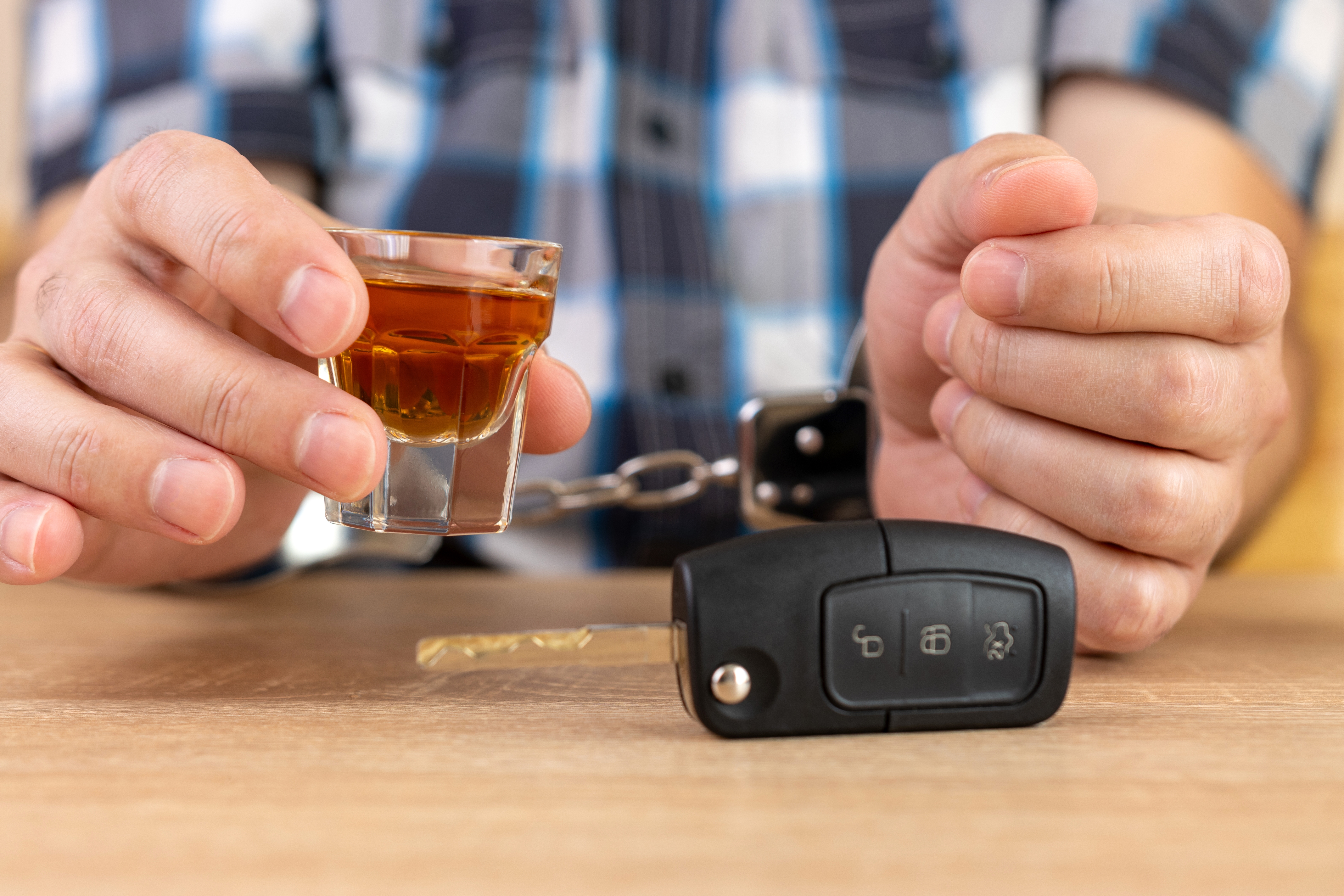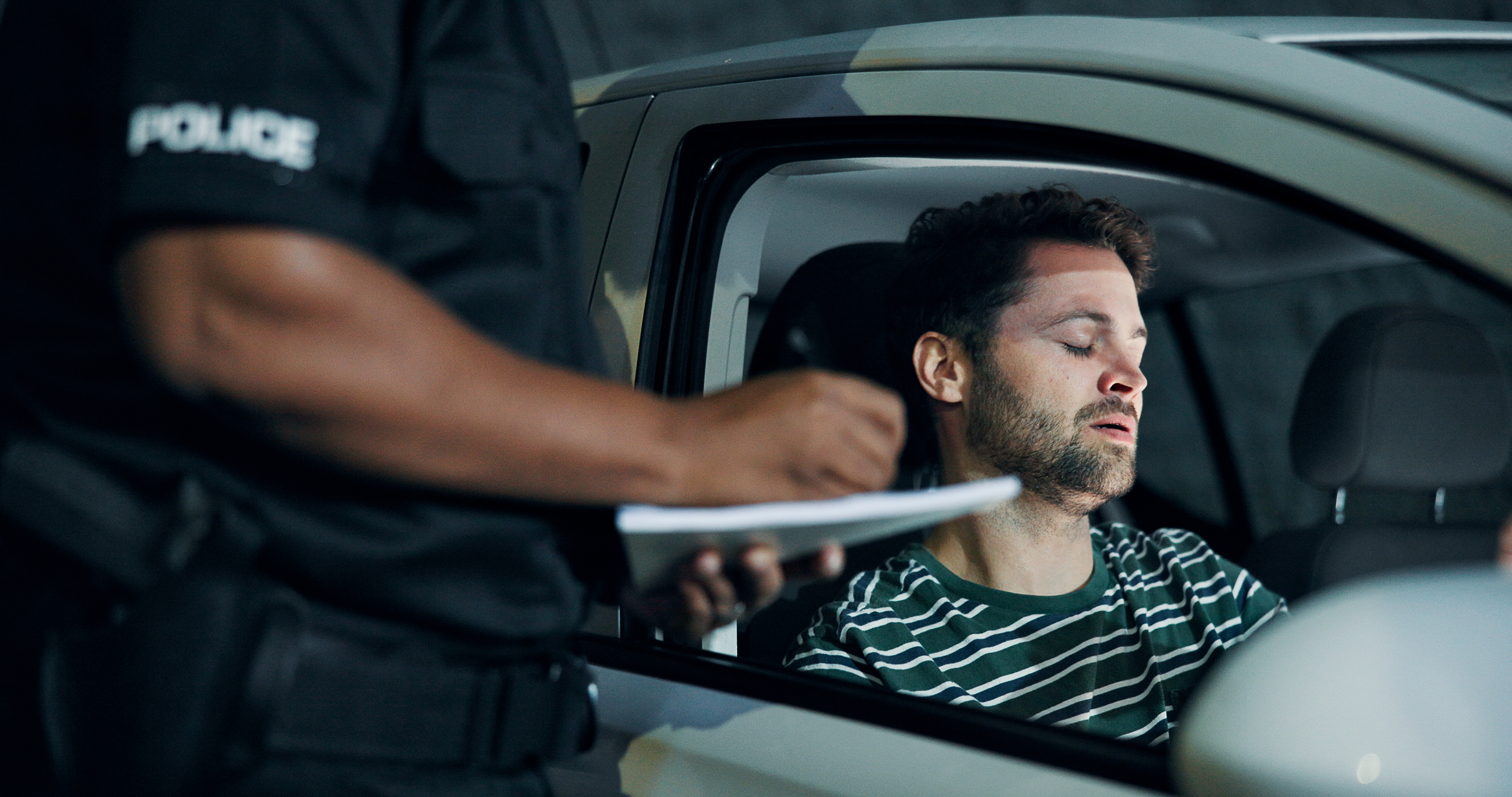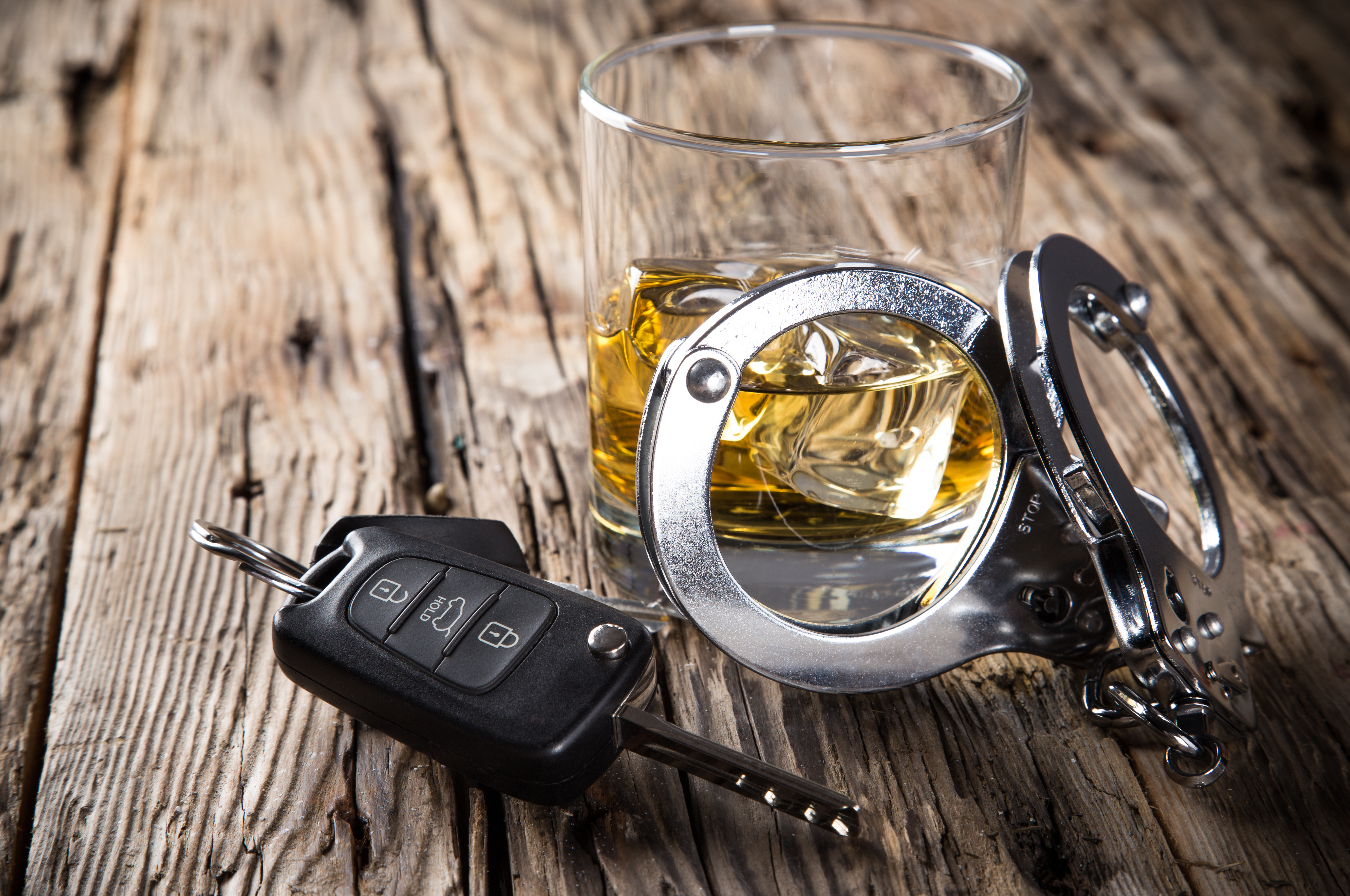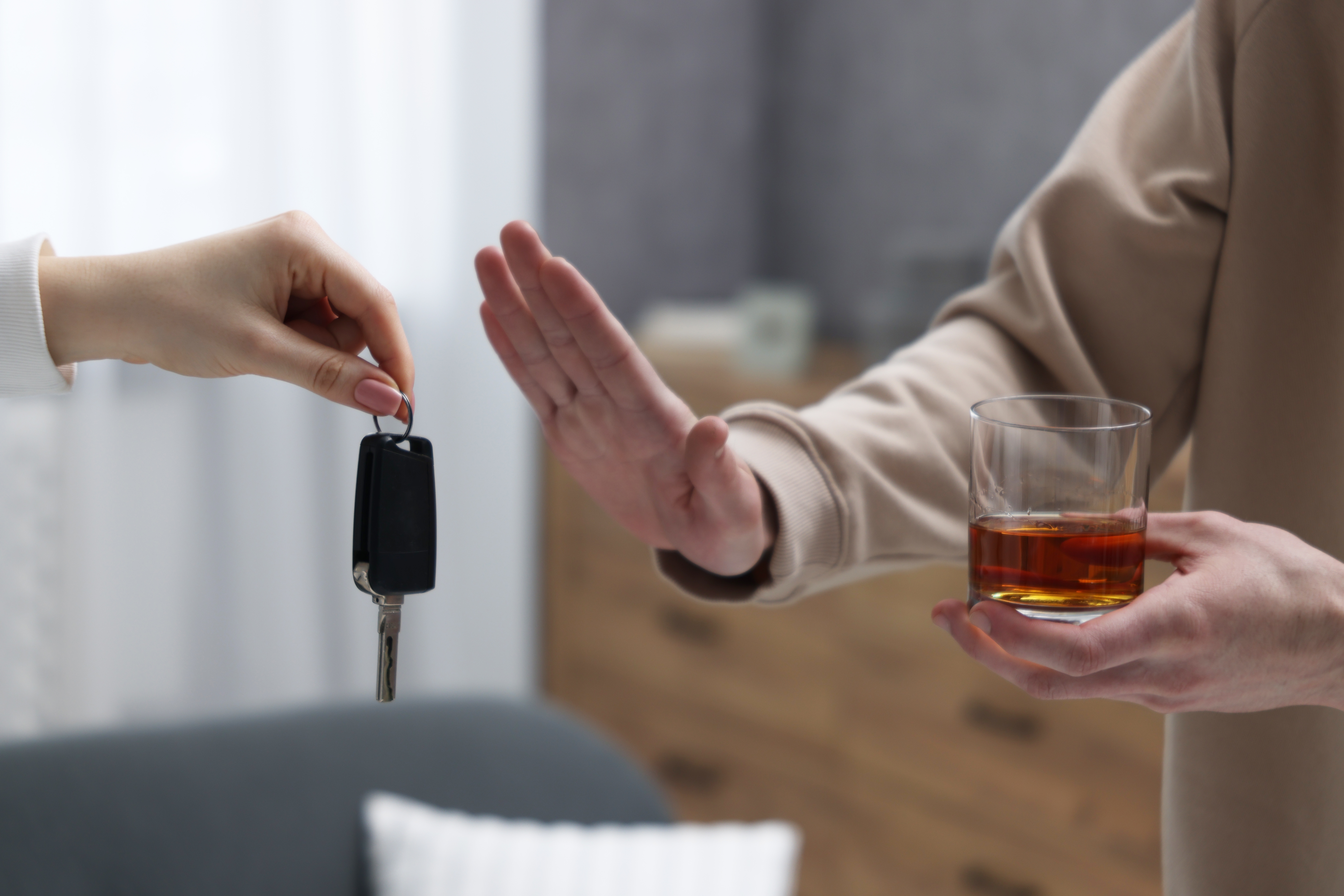
Summer Drink-Driving Crackdown: The Hidden Risks of Morning-After Driving
Summer brings long evenings, social gatherings, and the temptation to enjoy a drink or two. But for too many drivers, the consequences of these indulgences can carry over into the following morning, putting lives at risk. Police forces are intensifying their focus on drink-driving this summer, and with good reason. Here’s what you need to know about the dangers of morning-after driving and the steps we can all take to stay safe.
The Morning-After Danger
Recent findings reveal alarming statistics about drivers’ habits. An astounding 38% of drivers admitted to drinking alcohol after 9pm, even though they planned to drive before 9am the next day. This rises to 21% who continued drinking beyond 10pm.
Here’s why this is concerning: alcohol leaves the body slowly, at a rate of approximately one unit per hour. That means drinking three large glasses of wine or three pints of high-strength beer, which amounts to about nine units, can leave alcohol in your system well into the next morning. For someone who stops drinking at 10pm, it’s possible they could still have alcohol in their system at 7am—or later depending on factors like metabolism, weight, and liver health.
The result? Many people may unknowingly drive while over the legal limit or while their reaction times are still impaired, creating a dangerous situation on the road.

Why Summer is a High-Risk Season
Surprisingly, data provided by the Department for Transport (DfT) highlights July as the most dangerous month for drink-driving casualties, surpassing even December—the period often associated with spikes in drink-driving due to holiday festivities. Outdoor gatherings, barbecues, and pub visits create ideal conditions for overindulgence in summer, but the consequences can be devastating.
To combat this seasonal risk, police forces across the country are ramping up their efforts with a major summer crackdown. Officers are carrying out increased roadside checks, often early in the morning as well as late at night, looking for drivers who may still be over the limit from the night before. These checks are highly visible and widespread, targeting popular routes, event venues, and areas near pubs and restaurants. By carrying out more breath tests than usual, the police aim to deter people from taking the risk and to catch those who ignore the dangers.
In 2022 alone, an estimated 300 fatalities occurred in Great Britain due to collisions where at least one driver or rider was over the drink-drive limit—the highest figure since 2009. This data is a sobering reminder that summertime poses its own unique challenges for road safety.

How Alcohol Impairs Your Driving
Even if you’re just within the legal alcohol limit, the effects on your driving can still be significant. Alcohol slows reaction times, increases the likelihood of errors, and impacts decision-making abilities. On top of this, alcohol consumption—even in small amounts—can reduce the quality of sleep. This means some morning-after drivers may be battling not just residual alcohol, but also grogginess and fatigue. The combination can lead to tragic consequences.
Taking Responsibility to Prevent Tragedies
The summer crackdown on drink-driving isn’t just about enforcement; it’s also a call to action for all drivers to take responsibility for their behavior—and that of those around them. According to an IAM RoadSmart survey of 1,072 motorists, nearly 31% reported being in the company of someone who drank alcohol before getting behind the wheel or onto a motorbike in the past 12 months.
While 72% of respondents intervened and warned the driver, a concerning 23% did nothing, and 5% felt it wasn’t their place to speak up. These numbers show that there’s room to foster greater awareness about the importance of stepping in to prevent potential tragedies.
On a positive note, 62% of drivers believe that the increasing availability of zero-alcohol alternatives is an important tool in reducing drink-driving rates. Encouraging these options at gatherings and social events could lead to fewer people making risky choices.

Education: A Key to Reducing Reoffending
Another vital step toward safer roads is addressing reoffending among those convicted of drink-driving offenses. Currently, offenders are typically offered the chance to attend drink-drive rehabilitation courses, but participation is optional. Research indicates that these courses make a significant impact, with 80% of surveyed individuals agreeing they are critical to reducing repeat offenses.
Even more compelling, 81% believe that attendance should be mandatory for any convicted individuals. These courses not only explain how alcohol impairs driving but also address the devastating impact on victims and their families. Making such education compulsory could drive meaningful change.
Join the Movement for Safer Roads
This summer, millions of drivers will take to the roads for vacations, day trips, and outdoor celebrations. With the season’s increased risk of drink driving, it’s more important than ever to make safe choices. Here are simple yet effective ways to contribute to road safety:
If you’re planning a night out and expect to drink, arrange for alternative transportation such as taxis, ride-shares, or a designated driver to ensure everyone gets home safely.Be mindful of how much you’re drinking and how long alcohol could stay in your system. Understanding your limits and using tools like online alcohol calculators can help you make informed decisions about when it’s safe to drive.
It’s also vital to have open conversations about safety. Don’t hesitate to speak up if you see a friend or family member considering driving after drinking—it could save a life.Another effective way to encourage safer choices is to offer zero-alcohol alternatives at summer gatherings, giving everyone a practical and enjoyable option that helps reduce the risk of drink-driving.
The efforts to reduce drink-driving this summer rely on all of us working together to create safer roads. Choosing not to drive under the influence of alcohol—and encouraging others to do the same—can save lives and prevent heartbreak.
Police crackdowns, increased education, and changing attitudes about alcohol on the road are steps in the right direction. Now it’s up to us to align our actions with a shared commitment to safety.










